Understanding the Limitations of a Private Pilot License.
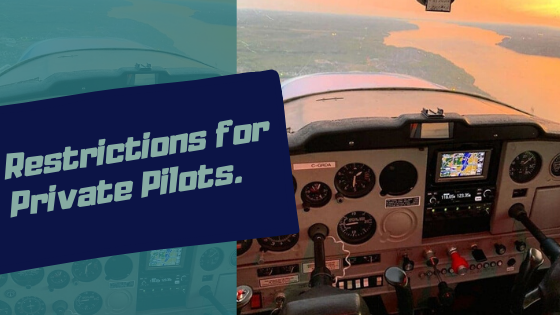
Knowing the restrictions and flying opportunities using this license is essential if you have a private pilot license or are willing to get one.
Once you discover the restrictions, it will be simpler for you to plan your future flights.
And those willing to get a private pilot license must know the restrictions and privileges before investing their money.
A private pilot license permits one to fly an airplane for pleasure or charity. However, operating a commercial aircraft with such a permit is prohibited.
Airspace restrictions for PPL holders.
A private pilot is privileged to fly into all classes of airspace except for Class A.
Class A airspace permits a private pilot, who is instrument-rated, to fly in and out of the remote pilot.
Without an instrument rating, a pilot cannot enter class A airspace.
Even if one tries to violate the law and enter Class A airspace, I can assure you the Civil Aviation Body will properly ground the individual pilot.
You might be wondering:
Can you fly anywhere with a private pilot license?
Yes, a private pilot can fly their airplane anywhere as long as the airplane’s fuel endurance holds it.
As a pilot in command, you will not be restricted in how many nautical miles you travel, which is a massive upgrade from having a recreational pilot license.
Nevertheless, private pilot licensees have some restrictions on the type of aircraft they can fly, which I will mention later in this post.
What are the restrictions on private pilots with no instrument rating?
If you have a private pilot license, I suggest you get your instrument rating immediately.
Your instrument rating will improve your flying skills, and your airspace will be more prominent.
Let me explain how:
A private licensee is not allowed entry into Class A airspace. However, having an instrument rating will enable the remote pilot to fly into Class A airspace.
That way, a pilot will have more destinations to fly to, and the pilot can have cross-country flights to more congested Class A airspace.
One more thing is a private pilot with an instrument rating cannot fly over 18,000 feet.
You might be wondering: Can a private pilot fly at night?
A private pilot licensee can only fly in VFR conditions unless the pilot gets their instrument rating.
With minimal knowledge, flying at night can result in disaster. Flying at night without an instrument rating is not only a violation of the regulations but also compromises your safety.
On the other hand, no one can restrict you from flying at night using your instrument-rated private pilot license.
Therefore, I encourage all pilots to get the instrument rating immediately after they get their private pilot license, regardless of their flying goals.
Can a private pilot carry passengers?
Private pilots can carry passengers and commodities without restriction. However, the pilot cannot accept payment for the passenger or commodity transfer.
Nevertheless, if the private pilot is flying the airplane with passengers, they may accept flight-related compensations such as:
- Airplane rental;
- Fuel charges;
- Airport taxes and landing fees.
Private pilots can fly passengers for charity. All you must think of as a private pilot is building flying hours and not earning money.
RELATED: What can you do with a PPL?
What are the aircraft restrictions for a private pilot licensee?
You can only fly an airplane with 200 horsepower engines or below with a private pilot license.
Flying a plane that possesses an engine over 200 horsepower is strictly prohibited.
The best part:
A private pilot license does not restrict you from flying multi-engine aeroplanes. A pilot must get an additional rating on a particular plane type to operate a multi-engine aircraft.
If a private pilot acquires an instrument rating and an additional multi-engine rating, the individual’s sky will be enormous, and they can travel further.
Is a private pilot license international?
A PPL itself is not inherently international. However, the skills and qualifications obtained through a PPL can be recognized and utilized in various countries.
A PPL typically represents a level of training and proficiency that allows a pilot to fly small aircraft for non-commercial purposes. The specific requirements and regulations for obtaining a PPL can vary from country to country. Each country has its aviation authority that sets the standards and issues licenses according to its rules.
While the PPL may not be internationally recognized, many countries have agreements and procedures to facilitate the conversion or validation of foreign pilot licenses. These agreements aim to assess the knowledge, skills, and experience acquired by pilots holding licenses from other countries.
If you hold a PPL from one country and wish to fly in another, you may need to have your license validated or converted by the aviation authority of the country you intend to fly in. This process typically involves providing documentation, reviewing your training and flight experience, and possibly completing additional requirements such as written exams or flight tests.
Can a private pilot licensee get a job?
Yes, a PPL holder can get a job in the aviation industry, although the opportunities may be limited compared to pilots with higher-level licenses and additional qualifications.
Here are a few potential job options for PPL holders:
Flight Instructor: Some PPL holders pursue additional training and certifications to become flight instructors.
Charter or Sightseeing Pilot: PPL holders may find employment with charter companies or sightseeing operations that offer short scenic flights or aerial tours.
Pipeline or Aerial Survey Pilot: PPL holders may work in aerial surveying or pipeline inspection roles.
Agricultural Pilot: PPL holders can work as agricultural pilots, also known as crop dusters, who apply fertilizers or pesticides to crops from low-flying aircraft.
Part-time or Seasonal Pilot: PPL holders can sometimes find part-time or seasonal flying opportunities, such as banner towing, aerial photography, or skydiving operations.
RELATED: What can you do with a private pilot license?
Can you fly anywhere with a private pilot license?
With a PPL, you can fly an aircraft for non-commercial purposes. However, certain limitations and regulations dictate where you can fly. Here are a few key points to consider:
Geographic Limitations: Generally, a PPL allows you to fly within the country that issued your license. If you wish to fly outside your home country, you may need to consult the aviation authority or follow specific procedures to obtain the necessary permissions.
Airspace Restrictions: As a PPL holder, you can fly in certain types of airspace, such as uncontrolled or Class G airspace, without needing prior authorization. However, some controlled airspaces, such as Class B, C, D, or E airspace, require communication with air traffic control (ATC) and compliance with specific procedures.
Cross-Border Flights: Each country has regulations and requirements for foreign pilots entering its airspace. You may need to obtain permits, file flight plans, and adhere to specific procedures for international flights.
Aircraft Limitations: If your PPL is specific to single-engine land aeroplanes, you would only be authorized to fly multi-engine aircraft or seaplanes if you obtain additional endorsements or ratings.
How long is a private pilot license valid?
The duration of validity for a PPL can vary depending on the regulations of the country where the license is issued. However, certain factors can affect the currency and privileges of a PPL holder. Here are some considerations:
Medical Certificate: Pilots are typically required to hold a valid medical certificate to exercise the privileges of their PPL. Sometimes, a medical certificate may need to be renewed periodically, such as every few years.
Flight Review: To maintain their flying privileges, PPL holders must usually undergo a regular flight review or proficiency check. The review ensures that pilots demonstrate their continued ability and knowledge.
Ratings and Endorsements: Certain ratings or endorsements obtained as part of the PPL, such as instrument rating or night flying privileges, may have their currency requirements.
RESOURCES:
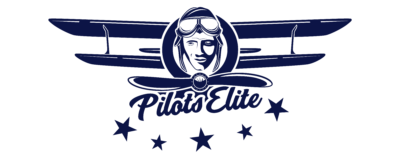
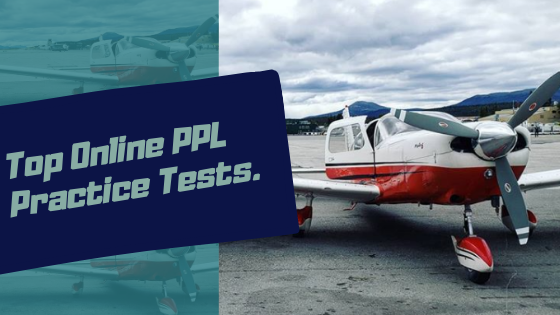
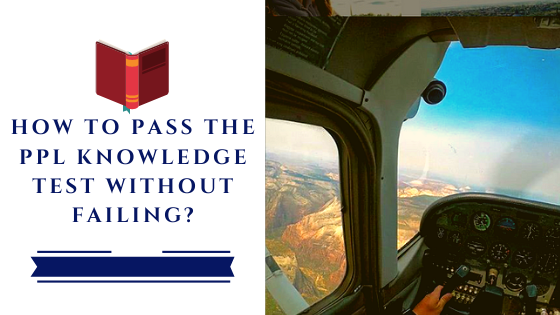
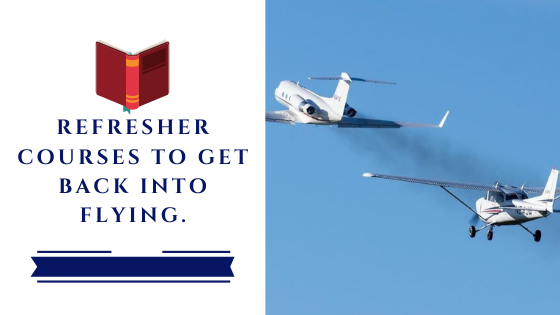
hi
can you help me in finding schools that can offer distance learning theory for PPL
You can check the private pilot license courses that I listed in this article: Online PPL courses.
Similarly, you can also check this specific course by Rod Machado: 40+ hours online learning for PPL.